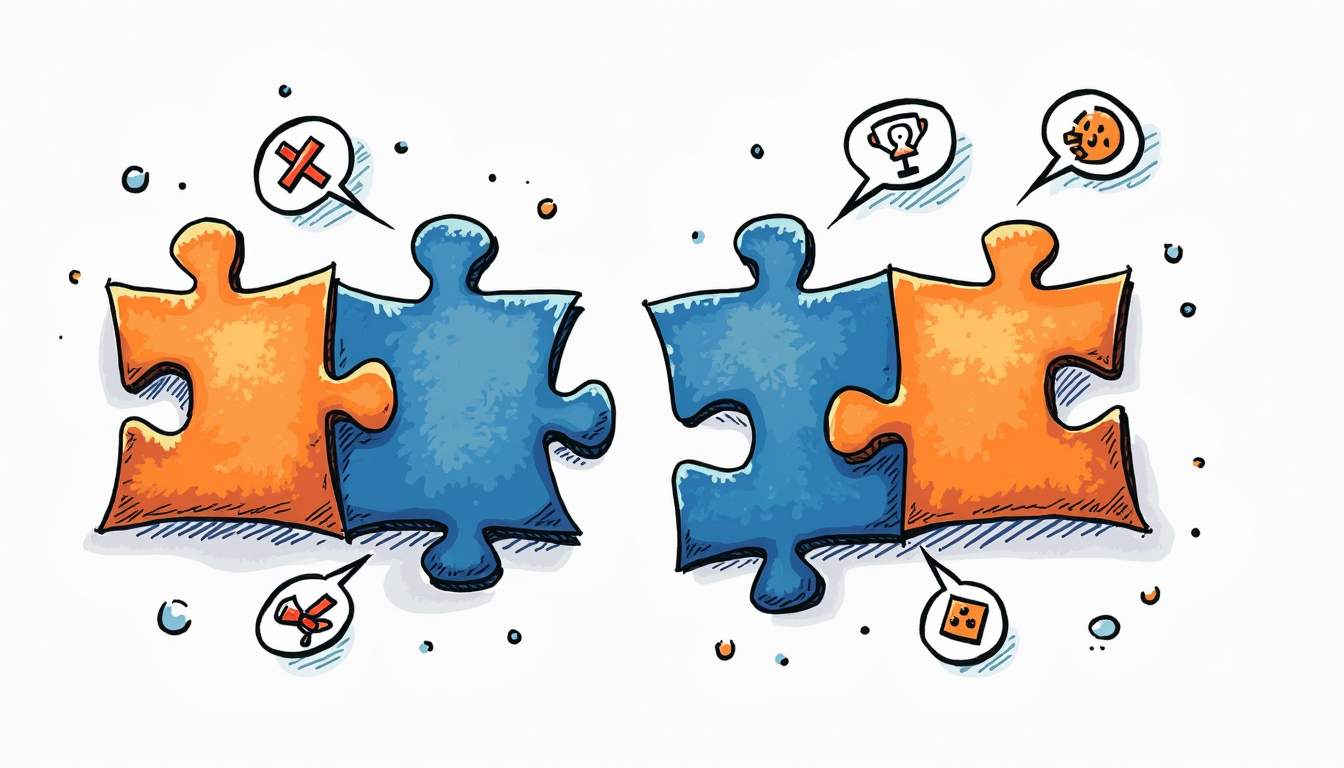
Buying Groups: How to Identify and Market to Them
In the ever-evolving landscape of business, understanding your target audience is crucial. One of the most effective ways to tap into a specific market segment is by identifying and marketing to buying groups. But what exactly are buying groups, and how can businesses leverage them for success? This article will explore the ins and outs of buying groups, how to identify them, and effective marketing strategies to engage these unique audiences.
What Are Buying Groups?
Buying groups are essentially collections of individuals or businesses that come together to make purchases as a collective. This can be seen in various industries, from retail to wholesale, where groups pool their resources to negotiate better prices, access exclusive products, or obtain services that may be out of reach for individual buyers.
These groups can range from informal networks of friends sharing costs on bulk purchases to formal organizations with structured agreements and contracts. Understanding the dynamics of buying groups is essential for businesses looking to cater to their needs effectively. By leveraging the power of collective bargaining, buying groups can significantly reduce costs, which can be particularly beneficial in competitive markets where margins are tight. Moreover, these groups often foster a sense of community among members, as they share not only financial goals but also insights and experiences related to their purchases.
Types of Buying Groups
Buying groups can be categorized into several types, each with its unique characteristics:
Cooperatives: These are typically formed by businesses in the same industry that band together to improve purchasing power.
Affinity Groups: These groups often consist of individuals who share a common interest or profession, allowing them to leverage their collective buying power.
Trade Associations: These organizations represent specific industries and often negotiate deals on behalf of their members.
In addition to these primary types, buying groups can also emerge in niche markets, where specialized products or services are required. For instance, healthcare providers may form a buying group to negotiate better rates for medical supplies, ensuring they can provide quality care without straining their budgets. Similarly, educational institutions might collaborate to purchase technology or textbooks at reduced rates, thereby enhancing their educational offerings while managing costs effectively. The diversity in the formation of buying groups highlights their adaptability and relevance across different sectors, showcasing how collaboration can lead to mutually beneficial outcomes.
Furthermore, the rise of digital platforms has transformed the landscape of buying groups, making it easier for members to connect, share information, and coordinate purchases. Online marketplaces and social media have facilitated the growth of virtual buying groups, where individuals can join forces regardless of geographical limitations. This evolution not only broadens the scope of potential savings but also encourages innovation in how purchasing decisions are made, as members can quickly exchange feedback and recommendations on products and suppliers.
Identifying Buying Groups
Identifying buying groups can be a game-changer for businesses. It allows for targeted marketing efforts and tailored offerings that resonate with specific audiences. Here are some strategies to pinpoint these groups effectively.

Research and Data Analysis
Utilizing market research and data analysis is crucial in identifying potential buying groups. Start by analyzing purchasing patterns within your industry. Look for trends that indicate collective buying behavior, such as bulk purchases or repeated orders from the same entities.
Additionally, leveraging social media platforms can provide insights into group dynamics. Monitoring discussions and interactions can reveal how individuals collaborate to make purchases, helping you identify potential buying groups.
Networking and Engagement
Engaging with industry professionals and attending trade shows can also be beneficial. Networking allows businesses to connect with potential buying groups directly. Building relationships with key players in your industry can lead to valuable insights and introductions to relevant buying groups.
Moreover, fostering a community around your brand can encourage the formation of buying groups. Creating platforms for discussion, sharing resources, and facilitating connections can help you tap into these collective purchasing behaviors.
Marketing Strategies for Buying Groups
Once you've identified potential buying groups, the next step is to tailor your marketing strategies to engage them effectively. Here are some approaches that can yield positive results.
Personalized Messaging
When marketing to buying groups, personalized messaging is key. Understand the specific needs and pain points of the group and tailor your communication accordingly. Highlight how your products or services can solve their unique challenges or enhance their collective purchasing power.
Utilizing targeted email campaigns can be particularly effective. Segment your audience based on their group affiliation and craft messages that speak directly to their interests and needs. This approach fosters a sense of connection and relevance, making your offerings more appealing.
Exclusive Offers and Discounts
Buying groups often seek to maximize their savings, so offering exclusive deals can be a powerful incentive. Consider creating special pricing structures or discounts for buying groups that commit to bulk purchases. This not only attracts their attention but also encourages loyalty and repeat business.
Additionally, consider hosting exclusive events or webinars for buying groups. This provides an opportunity to showcase your products and services while creating a sense of community among group members.
Build a Strong Online Presence
In today's digital age, having a robust online presence is essential for reaching buying groups. Utilize social media platforms to engage with potential groups and share valuable content that resonates with their interests.
Creating a dedicated section on your website for buying groups can also be beneficial. This space can include resources, testimonials, and case studies that highlight how your offerings have positively impacted similar groups. It builds credibility and trust, making it easier for potential buyers to choose your brand.
Challenges in Marketing to Buying Groups
While marketing to buying groups can be rewarding, it also comes with its challenges. Recognizing these hurdles can help businesses navigate them more effectively.

Understanding Group Dynamics
Buying groups often consist of diverse individuals with varying needs and preferences. This diversity can make it challenging to create marketing messages that resonate with everyone. It’s essential to conduct thorough research to understand the group’s dynamics and preferences.
Engaging with group leaders or representatives can provide valuable insights into the collective mindset, allowing for more effective communication and marketing strategies.
Maintaining Relationships
Once a buying group is engaged, maintaining that relationship is crucial. Regular communication and follow-ups are necessary to ensure that the group feels valued and heard. Consider implementing feedback mechanisms to understand their evolving needs better.
Building trust takes time, and businesses must be patient and consistent in their efforts to nurture these relationships.
Conclusion
In a world where collective buying power is becoming increasingly significant, understanding and marketing to buying groups can offer businesses a competitive edge. By identifying these groups and tailoring marketing strategies to meet their unique needs, companies can foster lasting relationships that drive sales and growth.
From personalized messaging to exclusive offers, the key lies in understanding the dynamics of buying groups and adapting to their preferences. With the right approach, businesses can harness the power of buying groups to create mutually beneficial partnerships that thrive in today’s marketplace.
Ready to unlock the potential of buying groups for your business? At POP Advertising Partners, we specialize in leveraging high intent buyer data to streamline your customer acquisition and enhance your omnichannel marketing strategies. Let's Chat About Data & How It Can Help Your Business and discover how you can connect with buying groups more effectively while reducing your advertising costs. Take the first step towards a more targeted and cost-efficient marketing approach today.
